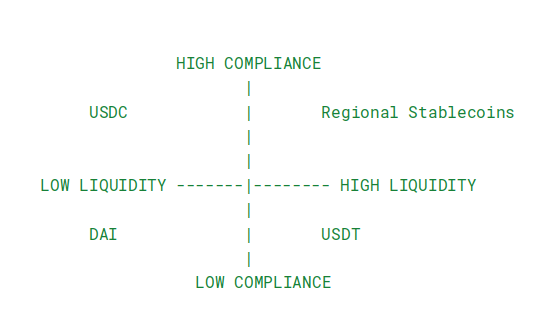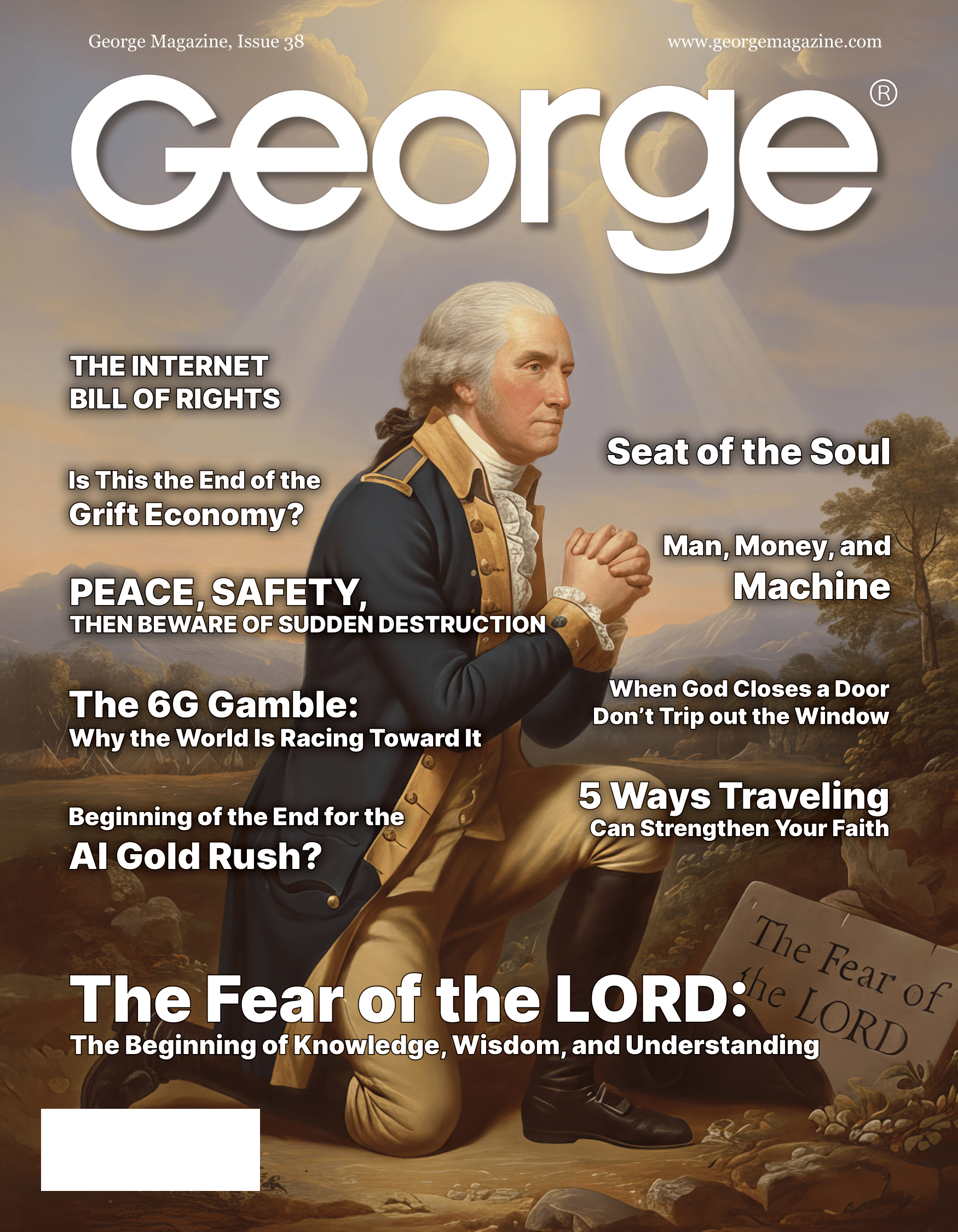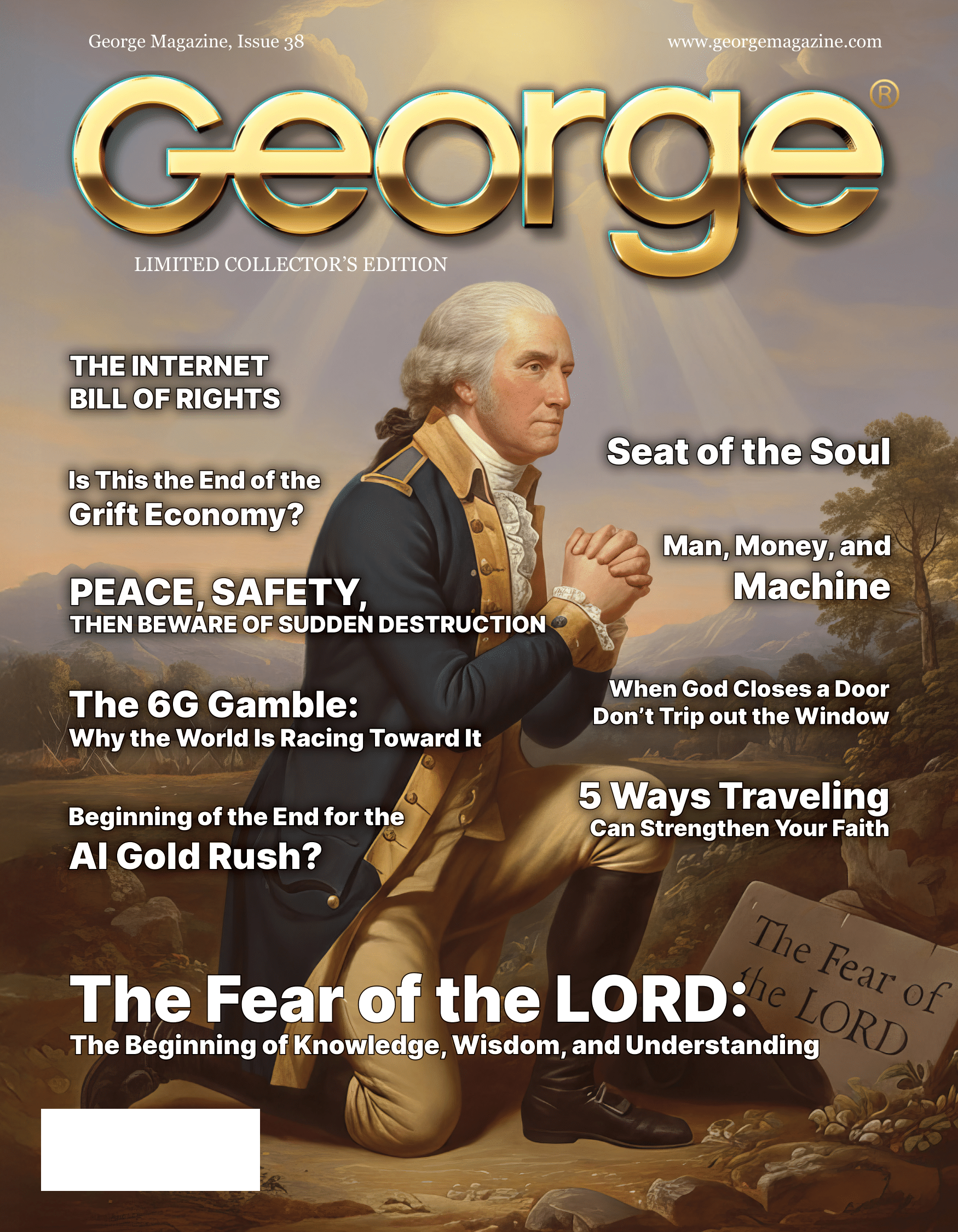“Here’s what I’ve learned after 7 years and multiple bear markets: if you treat all stablecoins the same, the market will punish you.”
Look, I’ve made this mistake. Back in 2022, I parked a significant portion of a corporate treasury in the “wrong” stablecoin. Everything looked solid – liquidity was fine, peg was holding, but I ignored the legal exposure in a region we were expanding into. Fast forward 60 days – we got flagged in a compliance audit. Funds weren’t frozen, but it cost us time, reputation, and a client.
Real talk: Choosing the right stablecoin isn’t just about what holds its $1 peg. It’s about alignment with your goals and risks.
So let’s break down a framework I use with institutional clients when deciding between USDT, USDC, DAI, BUSD, and regional players.
🔍 Step 1: Define Your Use Case (Not Just Your Hunch)
You’d be shocked how often people choose a stablecoin based on what’s trending. Instead, answer this first:
What do I actually need this for?
| Use Case |
Prioritized Feature |
Example Stablecoin |
| High-frequency trading |
Deep liquidity |
USDT |
| Treasury management |
Regulatory clarity |
USDC |
| Smart contract integrations |
Chain compatibility |
BUSD (BNB Chain) |
| Decentralized fundraising |
Censorship resistance |
DAI / Rai / Frax |
| Cross-border payments |
Regional compliance |
Euro stablecoin / Tether CNY |
You don’t use a Swiss Army knife for surgery. Don’t treat stablecoins like one-size-fits-all.
🧠 Step 2: Use the “Liquidity–Compliance Matrix”
I developed this framework in 2023 after realizing most investors only looked at either liquidity or regulation – rarely both. Big mistake.
🔄 Liquidity–Compliance Matrix (LCM)
- Top-right: Best for businesses & cross-border operations
- Bottom-left: Best for DeFi protocols (if you know what you’re doing)
- Bottom-right: Best for traders – fast in, fast out
- Top-left: Conservative but slow – think payroll or treasury holdings
💬 Pro tip: If you’re managing funds for someone else, don’t even touch bottom-left unless your risk disclosures are rock-solid.
💬 Step 3: Consider Regional Regulation
This one’s becoming more important by the month.
- MiCA-compliant = green light in the EU
- GENIUS Act = regulatory clarity in the U.S.
- Asia-Pacific = sandbox-friendly (Hong Kong, Singapore)
- LATAM & Africa = rising adoption but regulatory ambiguity
“Private stablecoins will dominate in jurisdictions rejecting CBDCs.”
– Columbia Law School, Aug 2025
Ask yourself: “Will this be legal to use where I’m operating in 12 months?”
Don’t wait for a press release to find out your favorite stablecoin got banned in your region.
📈 My Personal Allocation (Q4 2025)
Because I believe in transparency, here’s my real-world allocation as of this writing:
| Stablecoin |
Allocation |
Why |
| USDC |
45% |
Treasury, payroll, B2B invoices |
| USDT |
25% |
Trading liquidity |
| DAI |
15% |
On-chain governance & DeFi ops |
| Euro stablecoin |
10% |
EU cross-border payments |
| Other |
5% |
Testing new frameworks |
⚠️ Note: BUSD is no longer part of my stack – phase-out risk is too high. I hold zero algorithmic stables.
1. Ignoring compliance: Just because it works today doesn’t mean it’ll be legal tomorrow.
2. Over-relying on centralized stablecoins: If you’re in DeFi, make sure you’re not introducing single points of failure.
3. Assuming 1:1 peg = 1:1 value: If liquidity dries up or redemption halts, the peg means nothing.
“Implementation Guide for Smart Investors” – You’ll learn:
- How to actually execute stablecoin strategies
- Risk management best practices
- Monitoring tools & red flags
- How I rebalance during volatility
- Where stablecoins are heading next











